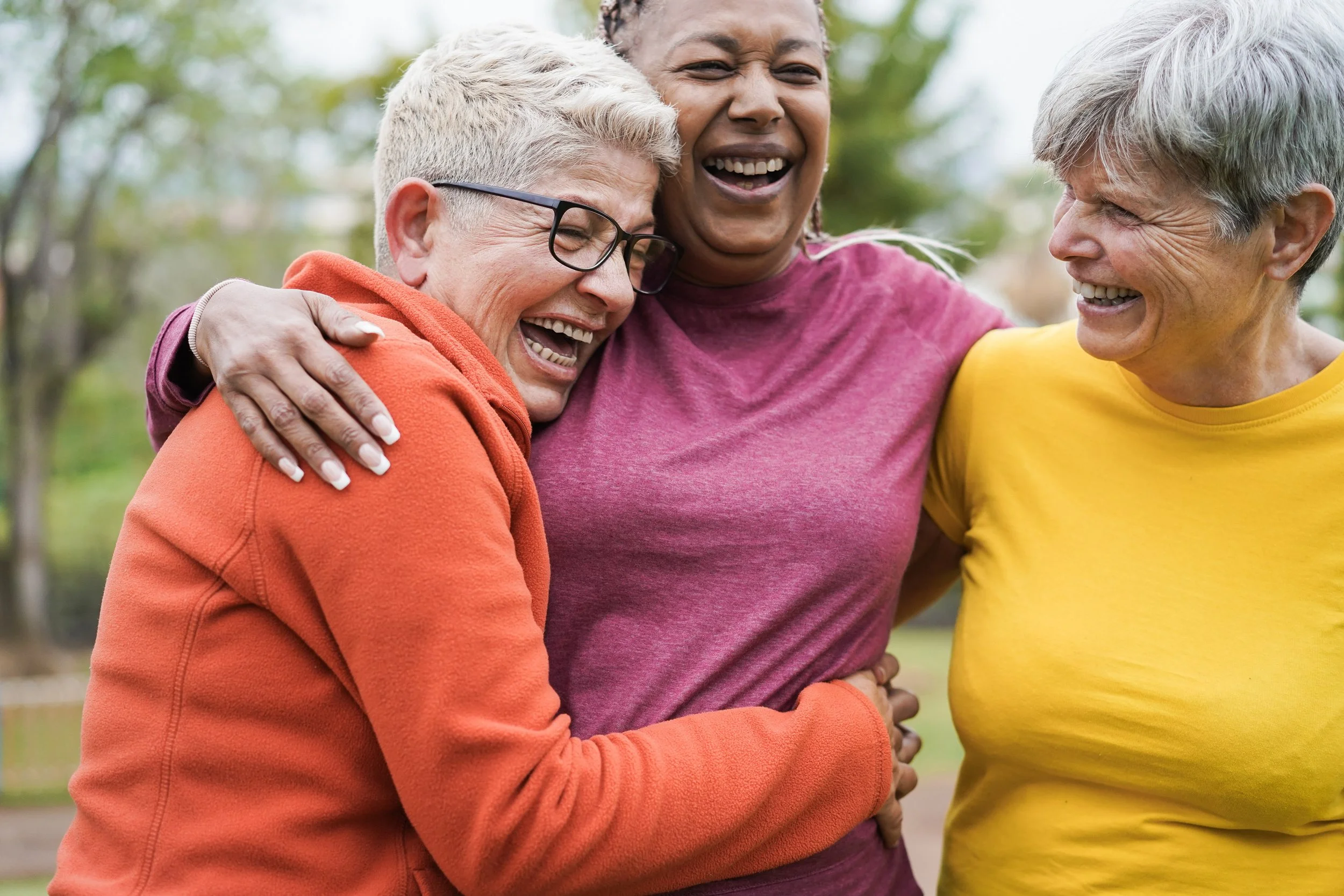Trauma’s Toll on the Body—and the Economy: The $220 Billion Health Crisis Australia Can’t Ignore
Trauma isn’t just a psychological wound—it can leave lasting marks on nearly every organ system in the body. Studies increasingly show that trauma is linked to chronic health problems, including autoimmune disease, metabolic syndrome, and non-alcoholic fatty liver disease. The economic burden of trauma-related chronic illness on Australia is staggering, costing the nation an estimated $220 billion annually.
In Australia, where nearly one in three women has experienced physical or sexual violence, the consequences are both widespread and deeply physical. Yet emerging therapies—from somatic practices to innovative treatments like ketamine—are offering new hope for healing the body as well as the mind.
Trauma is a health issue — not just a mental one
Trauma disrupts the body’s internal safety mechanisms, leaving the brain stuck in a state of constant threat detection, even when no immediate danger exists. At the centre of this response is the hypothalamic-pituitary-adrenal (HPA) axis, the body’s hormonal command centre for stress. Prolonged trauma can dysregulate this system, causing persistently high levels of cortisol and a cascade of health issues including immune dysfunction, chronic inflammation, fatigue, and metabolic disturbances.
The landmark Adverse Childhood Experiences (ACE) Study revealed that individuals with high trauma exposure are significantly more likely to suffer from heart disease, diabetes, lung disease, depression, and early death.
Trauma’s influence extends deeply into metabolic health. Chronic stress and hormonal disruption contribute to metabolic syndrome—a cluster of conditions including insulin resistance, high blood pressure, elevated triglycerides, and abdominal obesity. A 2018 study in Obesity Reviews found that early-life trauma significantly increases the risk of metabolic syndrome in adulthood.
Researchers have also uncovered connections between trauma and non-alcoholic fatty liver disease (NAFLD). Persistent stress leads to fat accumulation in the liver, driven by high cortisol levels and disrupted insulin signalling. A 2019 Australian cohort study in Hepatology Communications reported that individuals with significant early-life stress or PTSD were more likely to develop fatty liver disease, independent of diet and alcohol intake. Over time, these changes increase the risk of type 2 diabetes, cardiovascular disease, and liver fibrosis.
A 2021 meta-analysis in The Lancet Psychiatry also found significantly higher rates of inflammatory diseases—including IBS and autoimmune conditions—among people living with PTSD. All of this points to trauma as a profound physiological burden affecting nearly every system in the body.
The cost of trauma‑related chronic disease to Australia
The ripple effect of trauma extends beyond individual health — it also inflicts a major economic toll. Mental illness and trauma-related conditions cost Australia approximately $220 billion annually, or roughly 10% of GDP. This includes healthcare expenditure, lost productivity, social services, and premature mortality.
Spending on specialised mental health services alone reached $10.8 billion in 2019–20, while Medicare-subsidised mental health services and medications cost the federal government over $2.2 billion in 2022–23. When mental illness coexists with chronic physical conditions—such as cardiovascular disease, diabetes, or fatty liver disease linked to trauma—the economic burden increases substantially. Co-occurring physical illness adds an estimated $57 billion per year in treatment, disability, and early mortality costs.
Work disruption is a major cost driver: mental health conditions account for approximately 41,000 lost work years annually due to absenteeism and reduced capacity in working Australians.
Rebuilding, one breath at a time
While talk therapy remains essential, somatic therapies that work through the body are increasingly recognised for helping trauma survivors regain a sense of safety. Practices such as trauma-informed yoga, EMDR (Eye Movement Desensitisation and Reprocessing), breathwork, grounding exercises, and vagus nerve stimulation can soothe the nervous system and interrupt chronic stress responses.
At the core of these methods is neuroplasticity — the brain’s ability to rewire based on new experiences — offering hope that trauma’s physical imprint is not permanent.
Simple rituals—mindful breathing, gentle movement, spending time in nature—help the body relearn safety.
A new frontier: ketamine therapy
For some, medical treatments like ketamine therapy offer promising relief when symptoms are severe or resistant to other interventions. Originally an anaesthetic, ketamine has shown rapid efficacy in treating depression, PTSD, and chronic pain by modulating the brain’s glutamate system and fostering neuroplasticity.
A 2021 review in The American Journal of Psychiatry found significant reductions in PTSD symptoms following ketamine treatment. While ketamine is not a cure and carries risks such as dissociation and elevated blood pressure, it creates a therapeutic window for recovery when combined with psychotherapy.
In Australia, ketamine therapy is tightly regulated, costly, and reserved for treatment-resistant cases—but offers hope to some survivors for whom traditional treatments have failed.
The power of connection
Safe, supportive relationships remain among the most potent healing tools. Research shows that social connection buffers trauma’s physiological effects, lowering inflammation and improving resilience. Community spaces, therapy groups, and trusted friendships provide critical environments where the nervous system can recalibrate and individuals feel seen and safe.
Moving toward hope
Trauma’s imprint on the body is profound but not permanent. Across Australia, more women are naming trauma, seeking support, and redefining recovery as an ongoing practice of reconnection and self-compassion.
Healing is neither linear nor instant, but the growing toolkit of therapies and community support offers new pathways for the body to remember safety, presence, and the possibility of joy.




